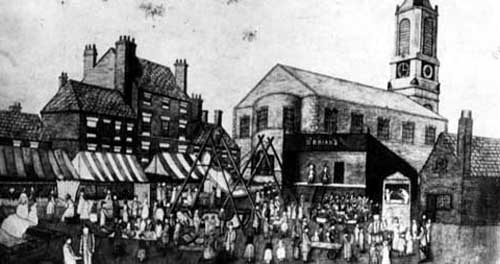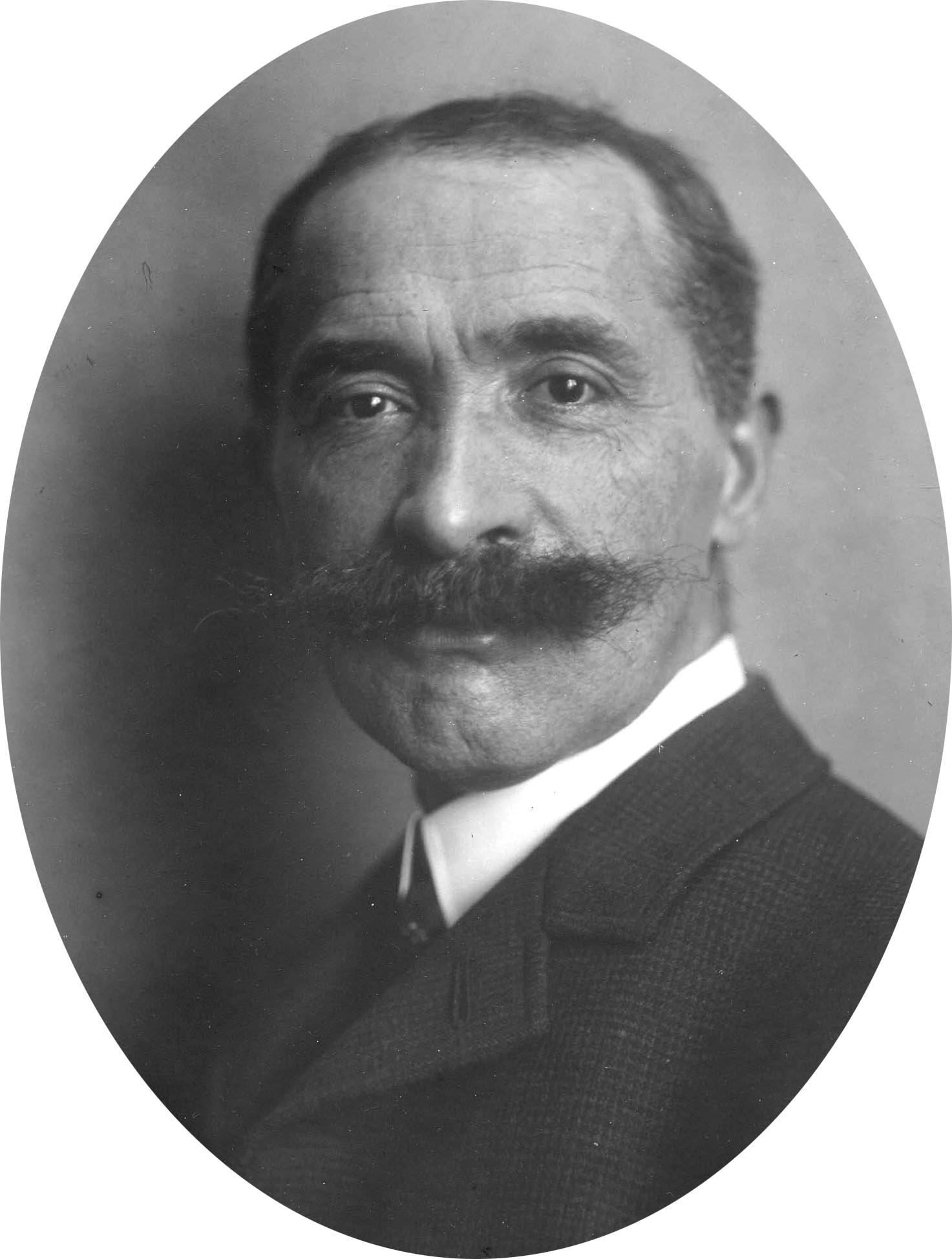|
Neufchâtel-Hardelot
Neufchâtel-Hardelot (; vls, Nieuwkasteel-Hardelo) is a commune in the Pas-de-Calais department in the Hauts-de-France region of France. The commune houses a PGL hotel named Le Pré Catelan. Geography Neufchâtel-Hardelot is a farming and tourist town of forests, golf courses and beaches, situated some south of Boulogne, at the junction of the D940, D308 and D215 roads. Junction 27 of the A16 autoroute is just within the commune’s territory, the western border of which is formed by the English Channel. History At the end of the 7th century, the grassy dunes area was known as "Mont Saint-Frieux", 153 metres above sea level, where a village was first built. The name later became Saint-Férieux. The name Neufchâtel has its origins in a castle, in this case the Chateau de Bellefontaine, which was engulfed by shifting sands. This may be the "Novum Castellum" that gave its name to Neufchâtel. Opinion is divided. The name Neufchâtel was recorded here for the first time in 117 ... [...More Info...] [...Related Items...] OR: [Wikipedia] [Google] [Baidu] |
A16 Autoroute
The A16 Autoroutes of France, autoroute – also known as ''L'Européenne'' and forming between Abbeville and Dunkirk a part of the larger ''Autoroute des estuaires'' – is a motorway in northern France. The motorway, which has a total length of , starts at a junction with the N104 Francilienne near Attainville in Île-de-France and ends at the Belgium, Belgian frontier near Bray-Dunes, serving en route Beauvais, Amiens, Abbeville, Boulogne-sur-Mer, Calais and Dunkirk in Hauts-de-France. From its starting point near Paris, the A16 runs in a northerly direction, continues north parallel to the English Channel from Abbeville and then in an easterly direction along the North Sea coast. It is one of the two main routes between the Port of Calais/Channel Tunnel and Paris, the other being the A26 autoroute, A26 and A1 autoroute, A1 route to the east. The vast majority of the motorway was built in the 1990s to relieve the congested Route nationale 1, RN1 between Paris and the Côte ... [...More Info...] [...Related Items...] OR: [Wikipedia] [Google] [Baidu] |
John Robinson Whitley
John Robinson Whitley, (13 December 1843, Leeds – 22 March 1922, Condette, France) was a British entrepreneur who inaugurated the Earls Court Exhibition Centre, Earl's Court Exhibition Grounds in Fulham, West London in 1887. After four major exhibitions on the site (1887–1892), he moved to France where in partnership with Allen Stoneham, he developed Le Touquet-Paris-Plage, Touquet-Paris-Plage and created Hardelot-Plage. He was a brother-in-law of pioneering French Cinematographer, Louis Aimé Augustin Le Prince and grandfather of Air marshal Sir John Whitley (RAF officer), John Whitley. Background John Whitley was the eldest son of Leeds iron and bronze foundry owner, Joseph Whitley and his wife, Sarah née Robinson. Joseph Whitley, originally from Wakefield, was steeped in metallurgy and moved to Leeds where in 1844 he opened his own business, J.Whitley & Co., subsequently J.Whitley Partners, which he headed until his death in 1891. He was an innovator and inventor, hold ... [...More Info...] [...Related Items...] OR: [Wikipedia] [Google] [Baidu] |
Communes Of The Pas-de-Calais Department
The following is a list of the 890 communes of the Pas-de-Calais department of France. The communes cooperate in the following intercommunalities (as of 2020):BANATIC Périmètre des EPCI à fiscalité propre. Accessed 3 July 2020. * * * |
Boulogne
Boulogne-sur-Mer (; pcd, Boulonne-su-Mér; nl, Bonen; la, Gesoriacum or ''Bononia''), often called just Boulogne (, ), is a coastal city in Northern France. It is a sub-prefecture of the department of Pas-de-Calais. Boulogne lies on the Côte d'Opale, a touristic stretch of French coast on the English Channel between Calais and Normandy, and the most visited location in the region after the Lille conurbation. Boulogne is its department's second-largest city after Calais, and the 183rd-largest in France.Téléchargement du fichier d'ensemble des populations légales en 2017 [...More Info...] [...Related Items...] OR: [Wikipedia] [Google] [Baidu] |
Louis-Marie Cordonnier
Louis Marie Cordonnier (July 7, 1854, Haubourdin, Nord – 1940) was a French architect, born in Haubourdin and associated principally with Lille and the French Flanders region. Biography Son of the architect Jean-Baptiste Cordonnier (1820–1902), Cordonnier studied at the Ecole des Beaux-Arts in Paris. He returned to Lille for his first major commission, the 1881 town hall of Loos. His chosen style was a strongly regional Flemish Renaissance Revival in brick, with a characteristic belfry tower. Further civic commissions in the area culminated in Cordonnier's best known work, the Peace Palace in The Hague, seat of the International Court of Justice. There his neo-Flemish entry won a design competition against far more modern competitors like Hendrik Berlage and Otto Wagner. The jury's choice proved controversial enough to fuel lawsuits for seven years. Cordonnier alternated his regional Flemish style with occasional essays in the neo-classical Beaux-Arts style s ... [...More Info...] [...Related Items...] OR: [Wikipedia] [Google] [Baidu] |
Communauté D'agglomération Du Boulonnais
The Communauté d'agglomération du Boulonnais, created in January 2000, is a ''communauté d'agglomération'' (an intercommunal structure) centered on the city of Boulogne-sur-Mer. It is located in the Pas-de-Calais department, in the Hauts-de-France region in northern France. Its area is 205.1 km2. Its population was 112,836 in 2018, of which 40,664 in Boulogne-sur-Mer proper.Comparateur de territoire INSEE, accessed 5 April 2022. Composition The communauté d'agglomération consists of the following 22 communes:CA du Boulonnais (N° SIREN : 246200729)[...More Info...] [...Related Items...] OR: [Wikipedia] [Google] [Baidu] |
Manorhouse
A manor house was historically the main residence of the lord of the manor. The house formed the administrative centre of a manor in the European feudal system; within its great hall were held the lord's manorial courts, communal meals with manorial tenants and great banquets. The term is today loosely applied to various country houses, frequently dating from the Late Middle Ages, which formerly housed the landed gentry. Manor houses were sometimes fortified, albeit not as fortified as castles, and were intended more for show than for defencibility. They existed in most European countries where feudalism was present. Function The lord of the manor may have held several properties within a county or, for example in the case of a feudal baron, spread across a kingdom, which he occupied only on occasional visits. Even so, the business of the manor was directed and controlled by regular manorial courts, which appointed manorial officials such as the bailiff, granted copyh ... [...More Info...] [...Related Items...] OR: [Wikipedia] [Google] [Baidu] |
Castle
A castle is a type of fortified structure built during the Middle Ages predominantly by the nobility or royalty and by military orders. Scholars debate the scope of the word ''castle'', but usually consider it to be the private fortified residence of a lord or noble. This is distinct from a palace, which is not fortified; from a fortress, which was not always a residence for royalty or nobility; from a ''pleasance'' which was a walled-in residence for nobility, but not adequately fortified; and from a fortified settlement, which was a public defence – though there are many similarities among these types of construction. Use of the term has varied over time and has also been applied to structures such as hill forts and 19th-20th century homes built to resemble castles. Over the approximately 900 years when genuine castles were built, they took on a great many forms with many different features, although some, such as curtain walls, arrowslits, and portcullises, were ... [...More Info...] [...Related Items...] OR: [Wikipedia] [Google] [Baidu] |
Madonna (entertainer)
Madonna Louise Ciccone (; ; born August 16, 1958) is an American singer-songwriter and actress. Widely dubbed the " Queen of Pop", Madonna has been noted for her continual reinvention and versatility in music production, songwriting, and visual presentation. She has pushed the boundaries of artistic expression in mainstream music, while continuing to maintain control over every aspect of her career. Her works, which incorporate social, political, sexual, and religious Religion is usually defined as a social system, social-cultural system of designated religious behaviour, behaviors and practices, morality, morals, beliefs, worldviews, religious text, texts, sacred site, sanctified places, prophecy, prophecie ... themes, have generated both controversy and critical acclaim. A prominent Cultural impact of Madonna, cultural figure crossing both the 20th and 21st centuries, Madonna remains one of the most "well-documented figures of the modern age", with a broad amount ... [...More Info...] [...Related Items...] OR: [Wikipedia] [Google] [Baidu] |
Germany
Germany,, officially the Federal Republic of Germany, is a country in Central Europe. It is the second most populous country in Europe after Russia, and the most populous member state of the European Union. Germany is situated between the Baltic and North seas to the north, and the Alps to the south; it covers an area of , with a population of almost 84 million within its 16 constituent states. Germany borders Denmark to the north, Poland and the Czech Republic to the east, Austria and Switzerland to the south, and France, Luxembourg, Belgium, and the Netherlands to the west. The nation's capital and most populous city is Berlin and its financial centre is Frankfurt; the largest urban area is the Ruhr. Various Germanic tribes have inhabited the northern parts of modern Germany since classical antiquity. A region named Germania was documented before AD 100. In 962, the Kingdom of Germany formed the bulk of the Holy Roman Empire. During the 16th ce ... [...More Info...] [...Related Items...] OR: [Wikipedia] [Google] [Baidu] |
Second World War
World War II or the Second World War, often abbreviated as WWII or WW2, was a world war that lasted from 1939 to 1945. It involved the vast majority of the world's countries—including all of the great powers—forming two opposing military alliances: the Allies and the Axis powers. World War II was a total war that directly involved more than 100 million personnel from more than 30 countries. The major participants in the war threw their entire economic, industrial, and scientific capabilities behind the war effort, blurring the distinction between civilian and military resources. Aircraft played a major role in the conflict, enabling the strategic bombing of population centres and deploying the only two nuclear weapons ever used in war. World War II was by far the deadliest conflict in human history; it resulted in 70 to 85 million fatalities, mostly among civilians. Tens of millions died due to genocides (including the Holocaust), starvation, ma ... [...More Info...] [...Related Items...] OR: [Wikipedia] [Google] [Baidu] |
Land Yachting
Land sailing, also known as sand yachting, land yachting or dirtboating, is the act of moving across land in a wheeled vehicle powered by wind through the use of a sail. The term comes from analogy with (water) sailing. Historically, land sailing was used as a mode of transportation or recreation. Since the 1950s, it has evolved primarily into a racing sport. Vehicles used in sailing are known as sail wagons, sand yachts, or land yachts. They typically have three (sometimes four) wheels and function much like a sailboat, except that they are operated from a sitting or lying position and steered by pedals or hand levers. Land sailing works best in windy flat areas, and races often happen on beaches, airfields, and dry lake beds in desert regions. Modern land sailors, generally known as "pilots", can go three to four times faster than the wind speed. A gust of wind is considered more beneficial in a land sailing race than a favorable windshift. A similar sport, known as ice yachti ... [...More Info...] [...Related Items...] OR: [Wikipedia] [Google] [Baidu] |








